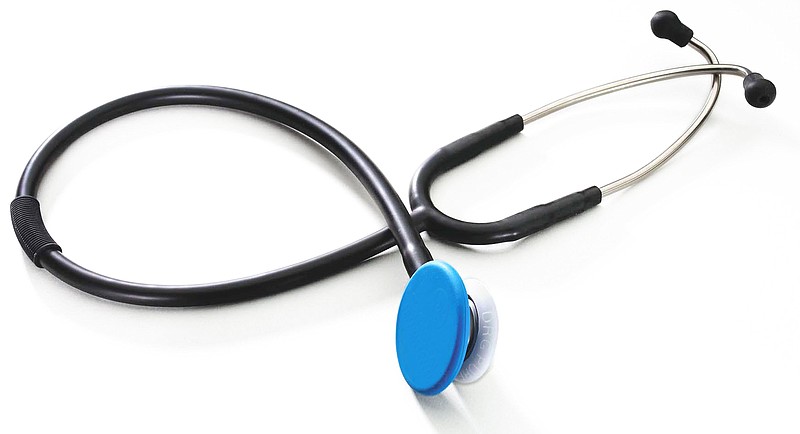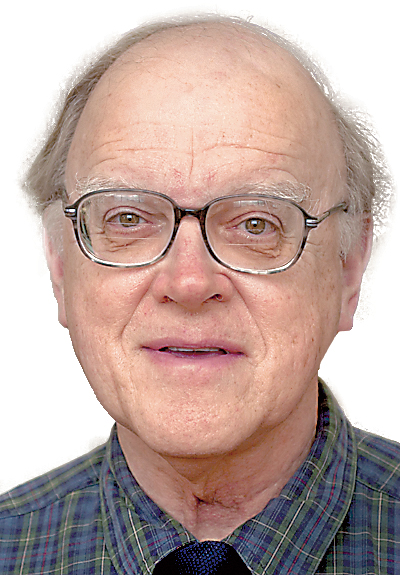Last week's column presented the statistics and consequences related to the increasing incidence of obesity in Tennessee and surrounding states. Can state or local governments undertake policies to reverse these trends?
A widespread epidemic caused by a virus would stimulate an immediate response by political leaders and public health agencies. Obesity is a quieter problem with no dramatic physical findings and no surges in mortality.
Sugary drinks illustrate the challenge for limiting high-calorie dietary intake. Sodas, energy drinks and fruit-flavored drinks are a leading source of added sugar in the American diet. Teenagers may consume more than 10 percent of their total calories via these beverages.
Consider the sugar content of popular drinks (data from company websites):
Medium-size (20 ounce) drinks:
» Cola, 220 calories, 57 grams of sugar equal to 13 teaspoons.
» Sweet tea, 330 calories, 85 grams of sugar equal to 17 teaspoons.
» Milkshake, 900 calories, 180 grams of sugar plus 17 grams of fat.
» Coffee-based beverages may contain up to 300 calories per serving.
Compare these with 20-ounce servings of orange juice and milk, which are usually marketed in 8-ounce servings:
» Orange juice: 275 calories.
» Milk: 342 calories for 2 percent butterfat, 250 calories for skim milk.
Volumes of "medium" and "large" servings vary among restaurants. Stores and beverage machines routinely offer 16- and 20-ounce selections of sugary drinks.
Two programs have been introduced in cities in efforts to discourage overconsumption of sugary drinks.
Several communities, in recent years, have proposed taxes of 1 to 2 cents per ounce on sugary drinks in an effort to discourage overconsumption. When such a tax is proposed, opposition from fast-food chains and manufacturers of soft drinks is immediate and well-funded. Opponents contend this is a "nanny tax" that impinges on personal freedom. Preliminary reports in the several cities that approved these taxes show a modest reduction in sales of these beverages.
New York City Mayor Michael Bloomberg tried a different approach to regulate consumption of sugary drinks. In 2013, he instituted a limit of 16 ounces on each serving sold by food establishments. Juices and dairy products were largely excluded from the tax. Restrictions did not extend to convenience stores and drink machines. A judge struck down the regulation on grounds that it was arbitrary.
Imagine a voluntary alternative to soda taxes and limits on the size of servings. The governor convenes a two-day conference, inviting representatives of fast-food restaurants, bottlers and distributors of sodas. They are joined by public health officials and educators. Presentations on Day 1 would outline the health hazards of sugary drinks. Day 2 would allow all participants to present their proposals for reducing sugary drink intake by children and teenagers.
The attendees might endorse and agree to shared funding of a sustained, public education campaign that used catchy ads on television and billboards to alert the public to the risks of consuming excessive sugar.
Existing ads for sugary drinks might carry a warning, much like that associated with alcoholic beverages, that emphasizes moderation.
Redesigned teaching materials for kindergarten to high school might provide enhanced material on nutrition so that the subject is woven through the curriculum. School cafeterias would ensure healthier food choices. Soda machines would be banned from schools.
These would be starting points in tackling the complex problem of overconsumption of high-calorie foods and beverages, including beer and other alcohol-containing products.
Doing nothing is not an option. The nutritional status quo is not sustainable.
Clif Cleaveland, M.D., is a retired internist and former president of the American College of Physicians. Email him at ccleaveland@timesfreepress.com.

